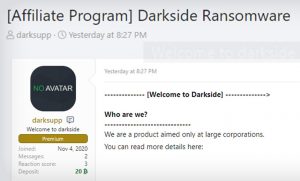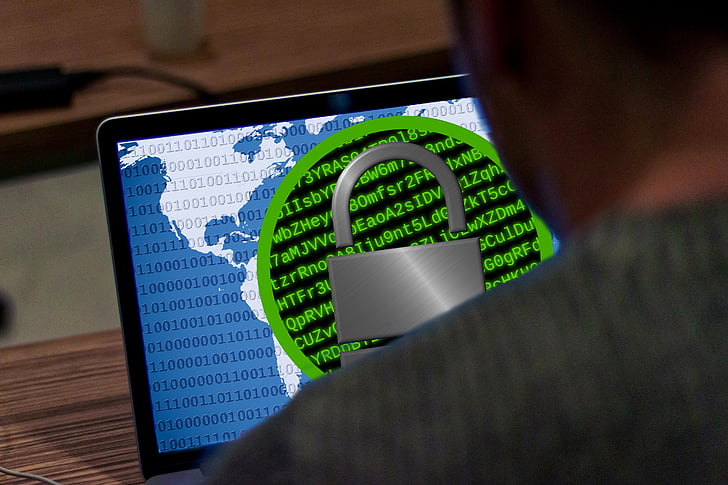
onShore Security’s Joe Gresham will be speaking at Blue Team Con 2022, August 27-28th in Chicago, Illinois. The abstract for his talk, Why I Keep Building My Security On Open Source Year After Year, can be seen in Track 2 of Blue Team Con’s speaking schedule.
 “A few weeks back, I attended
“A few weeks back, I attended 

